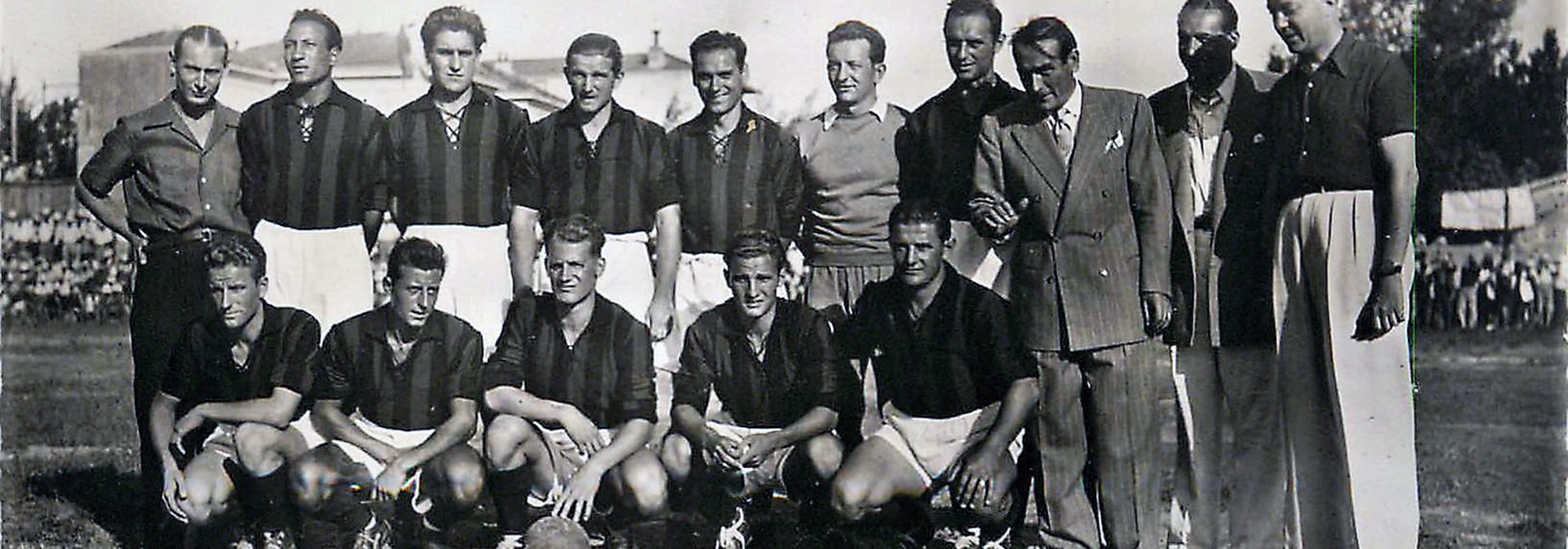
History
From GCN Blue and Black to OGC Nice
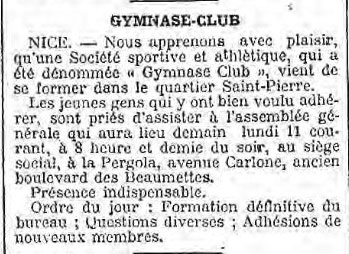
The Gymnaste Club de Nice was founded on 9 July 1904 and catered purely to gymnastics and athletics, choosing blue and black as its colours.
As the years passed, the Gymnaste Club added a variety of sporting disciplines and became a well respected institution in the region. On 6 July 1908, the club split into two, with the Boules section keeping the original name and the other sections becoming the Gymnastes Amateurs Club de Nice, where a football section was finally created. They played their first-ever match on 29 November, recording a 6-0 victory over Stade Niçois. In their first official season, the GACN finished fifth in the regional third division.
On 6 October 1910, the club’s two entities were reunited under the original name: the Gymnaste Club de Nice. Early in the 1913-14 campaign, a mini round-robin called the Prix Espérance was organised among three local second division clubs. The top two (US Antiboise & GCN) were promoted. Suddenly, Le Gym found itself in the regional first division.
Unfortunately, the First World War broke out and the GCN was suspended with its members called up to the war. It recommenced activities in late 1917.
The city’s oldest football club, the Football Vélo Club de Nice (founded in 1899 and playing in red and black) became the Football Club Libertas in November 1912 and then the Football Athlétic Club de Nice in May 1913. In May 1919 it fused with Gallia Sports de Nice to become the Gallia Football Athlétic Club. The GFAC failed to live up to the illustrious past of the Football Vélo Club and finally, on 20 September 1919 it joined the Gymnaste Club de Nice who, out of respect, adopted the red and black playing colours.
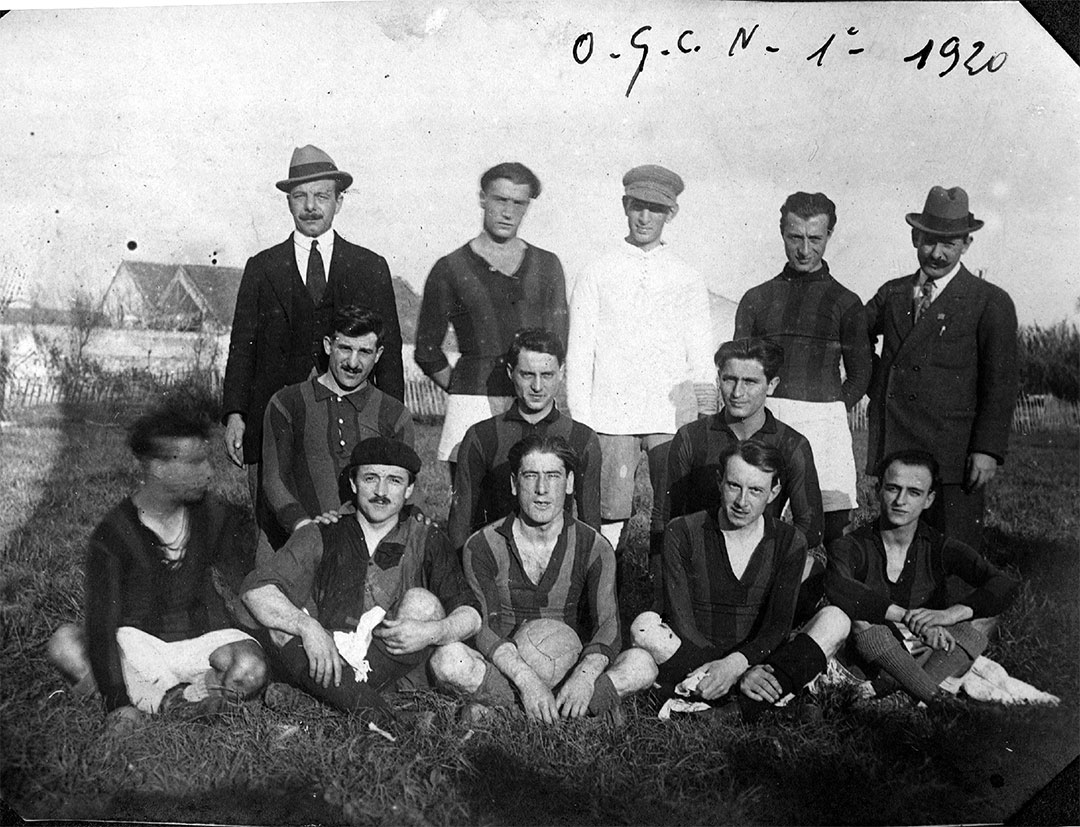
On 22 December 1924 the GCN became the Olympique Gymnaste Club de Nice. The word ‘Olympique’ was all the rage at the time, the Olympic Games having just been held in France. At the end of the 1926-27 season, Le Gym won promotion to Division d'Honneur A, the highest regional division.
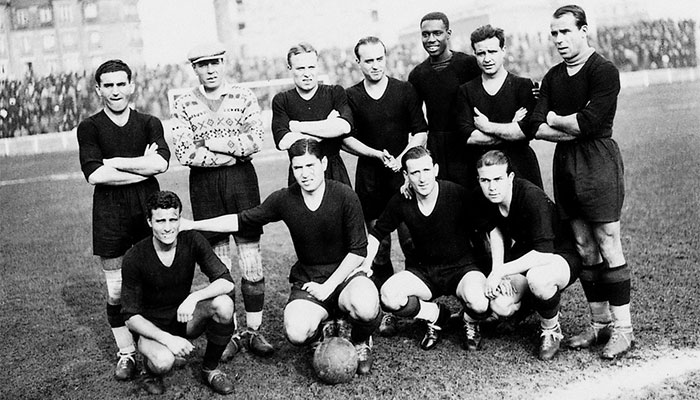
The club began to shine on the national scene, reaching the semi-finals of the Coupe de France in both 1931 and 1932. The very first national and professional league competition was launched in 1932 and Le Gym was invited to take part, alongside neighbours Antibes and Cannes.
This very first season comprised two groups of ten teams. OGC Nice finished seventh and retained its place in Division 1 (the top seven qualified for the following season). The second year was not so successful. The first division combined the 14 qualified sides into one national Division 1, in which OGCN finished 13th. The club should have been relegated to Division 2 but the League Commissioners withdrew the club’s professional licence after promising the clubs from the north of France to forego any southern sides to avoid too much travel...
The professional licence was restored in November, but Le Gym spent the season playing friendly matches because the Division 2 was already too advanced in its season to accommodate a new team.
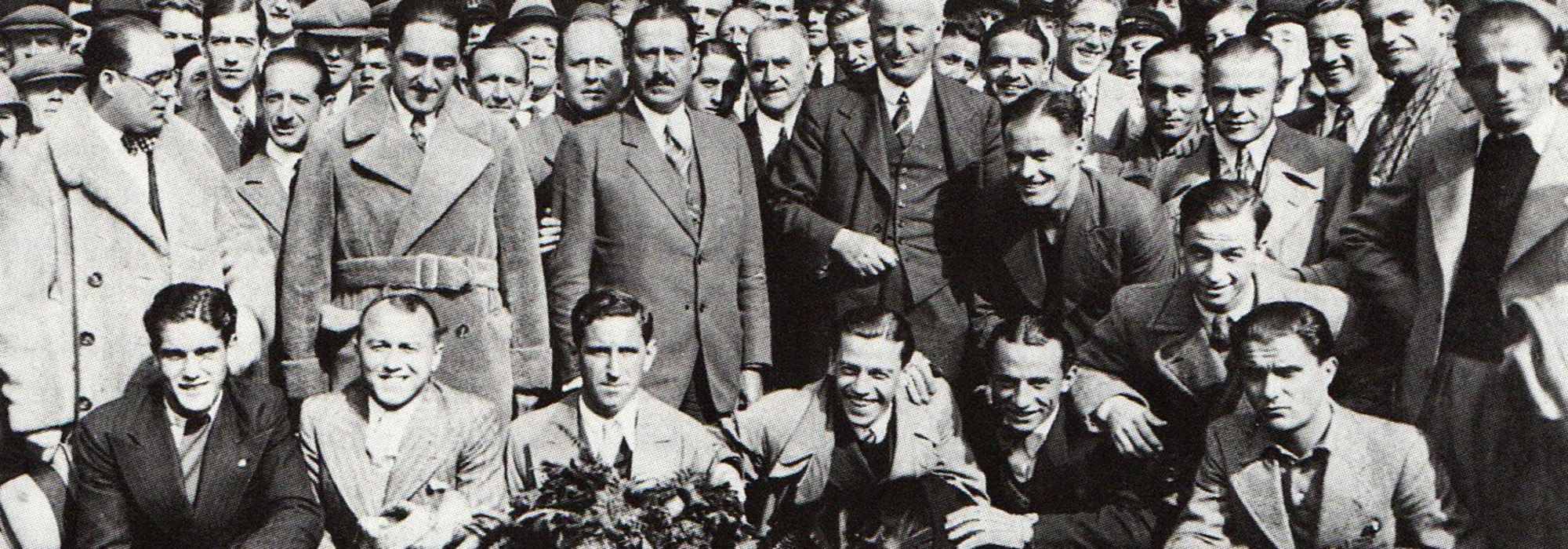
Finally accepted back into Division 2 in 1935-36, Le Gym remained until 1938-39, when the start of WWII saw the domestic leagues stopped for the next six years. Le Gym was crowned champion of Southwest France in 1940, but didn’t play in the finals tournament against the other regions, who were unable to finish their respective championships.
On 15 June 1943, professionalism was preplaced by ‘Federal’ teams, regional representative sides. OGCN became part of the Federal Nice-Côte d'Azur. Dissolved in 1944, OGCN quickly returned.
On 18 August 1943 the amateur section of the club fused with Les Sportmen de Nice and became OGC Nice-Sportmen. The two went their separate ways on 21 March 1946.
Semi-finalists of the Coupe de France for the third time in 1945, the club was accepted into the new second division for the 1945-46 season.
Champions at the end of a magnificent 1947-48 campaign with 109 goals scored in 38 matches, Le Gym was promoted to Division 1 and began its most glorious decade : four national championships, two Cups, two European Cup quarter-finals and the final of the Latin Cup.


